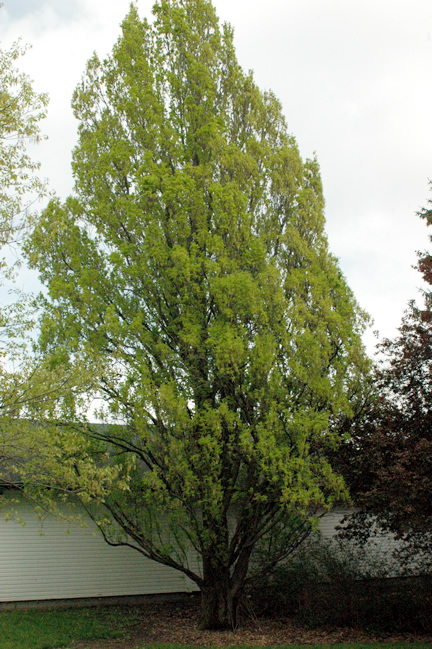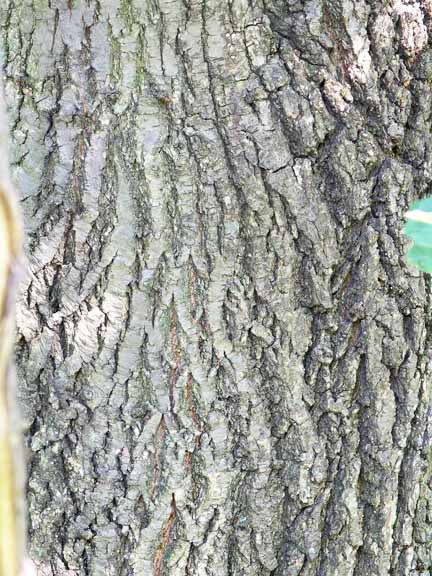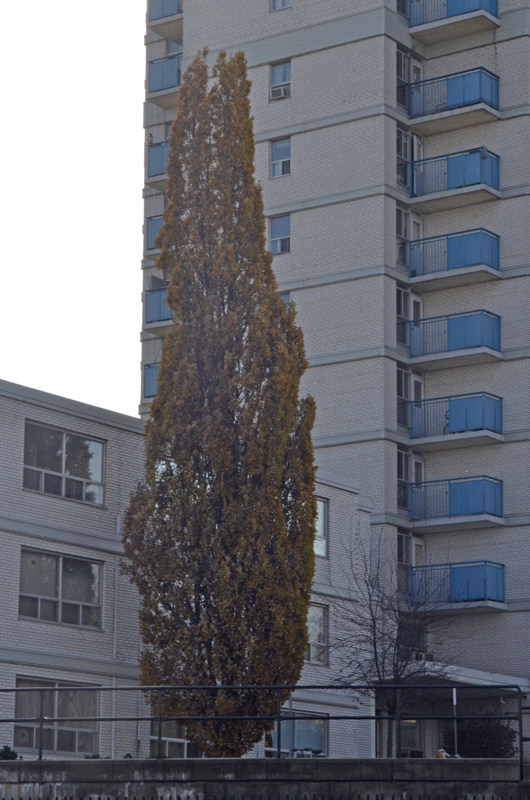| General Description | A frequently planted upright fastigiate tree, with light leaf colour and variable form. |
| ID Characteristic | If acorns are present they will be longer than wide; noticeably so. The leaves will be many lobed, with regular rounded serrations. |
| Shape | Fastigiate or upright. |
| Propagation | Usually grafted onto Quercus robur rootstock. |
| Pests | Aphids and the associated sooty mould can be slightly disfiguring although seldom do they warrant control. More of a problem is inter-veinal chlorosis, caused by lack of iron related to high pH soils. |
| Notable Specimens | The University of Western Ontario, London, Ontario has one of the best plants I have seen, while Fanshawe College has some of the worst. The Niagara Parks Botanical Gardens also has some exceptional specimens. |
| Habitat | Horticultural origin. |
| Bark/Stem Description | Lightly furrowed, indistinct light to dark grey colour. |
| Flower/Leaf Bud Description | Short, squat rounded buds with pronounced scales. |
| Leaf Description | The leaves will be many lobed, with regular rounded serrations. They will often be light green in colour, about 10cm long and 4 cm wide. Occasionally leaves may exhibit symptons of inter-veinal chlorosis. |
| Flower Description | Insignificant. |
| Fruit Description | If acorns are present they will be longer than wide; noticeably so. Light in colour they are almost oblong in shape. Not all planted selections produce fruit. |
| Colour Description | Autumn colour is insignificant, often a spotty sickly yellow colour. With those that retain leaves in the winter the landscape is enhanced by the dark beige colour of the leaves against a backdrop of snow. |
| Texture Description | If proper selection is undertaken then you would have a tight formed, broadly fastigiate tree of medium texture. |


